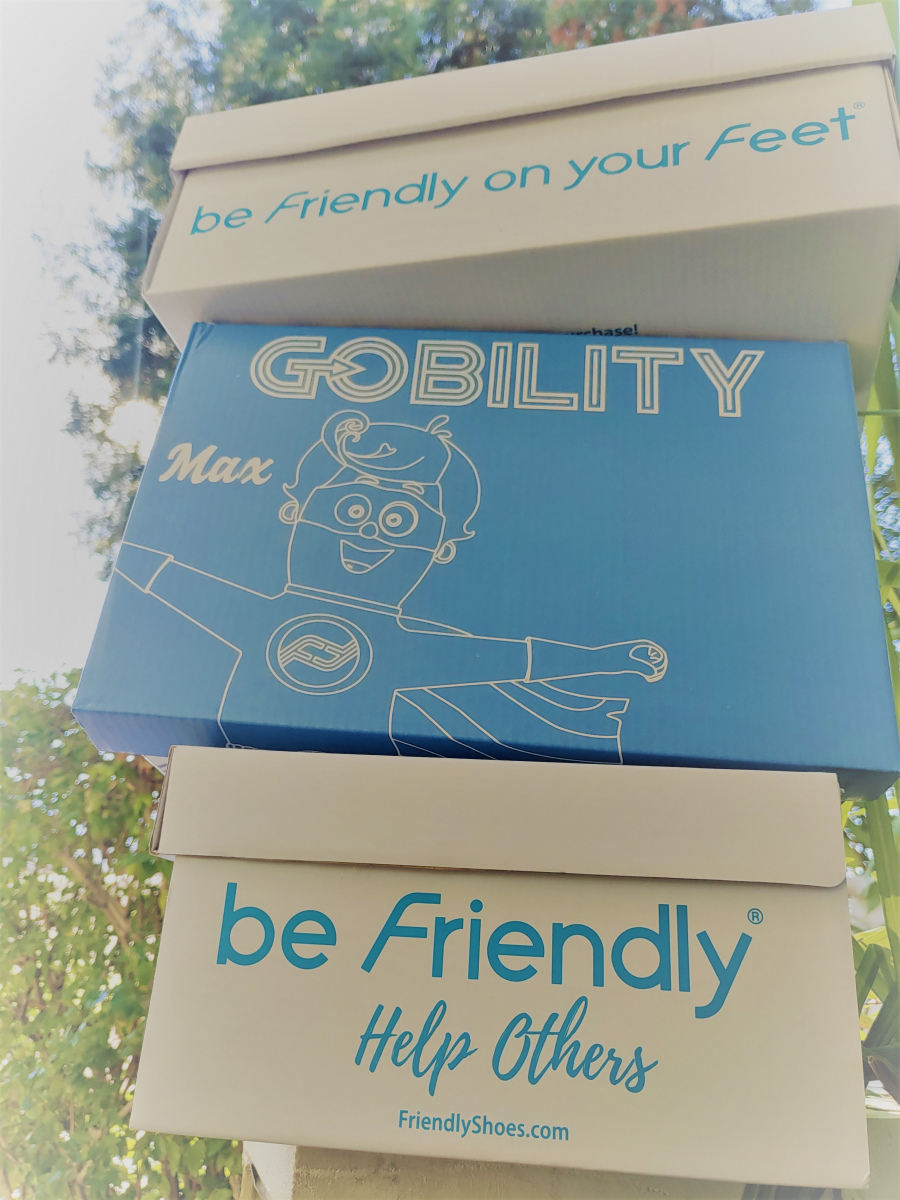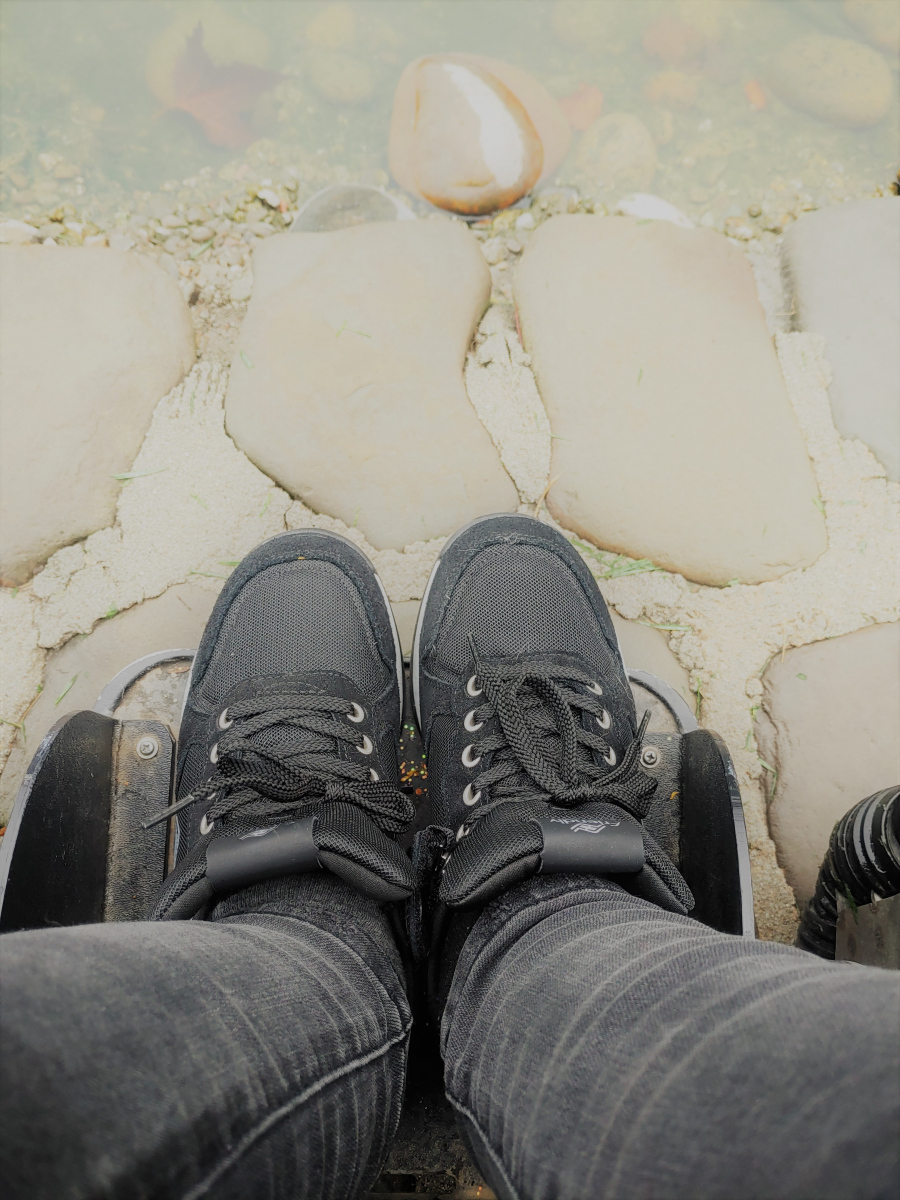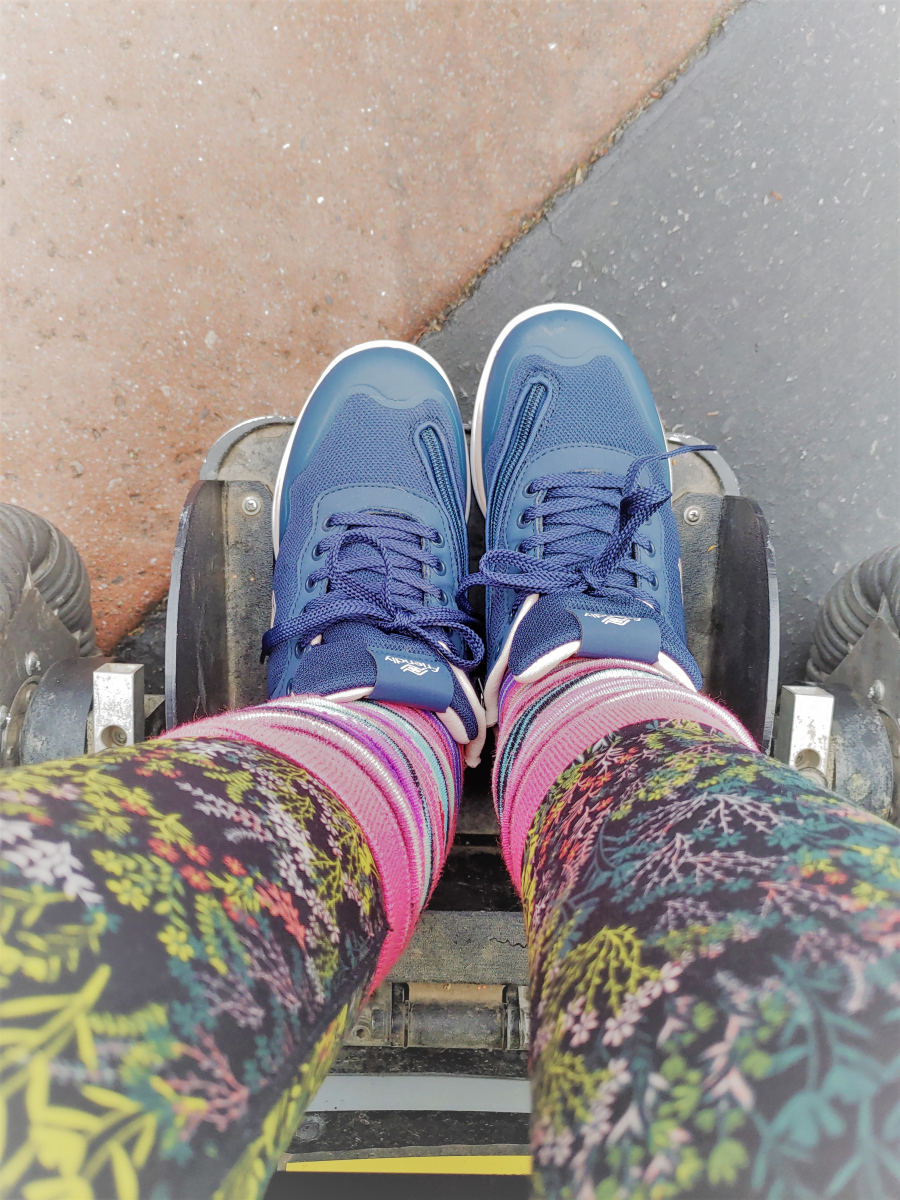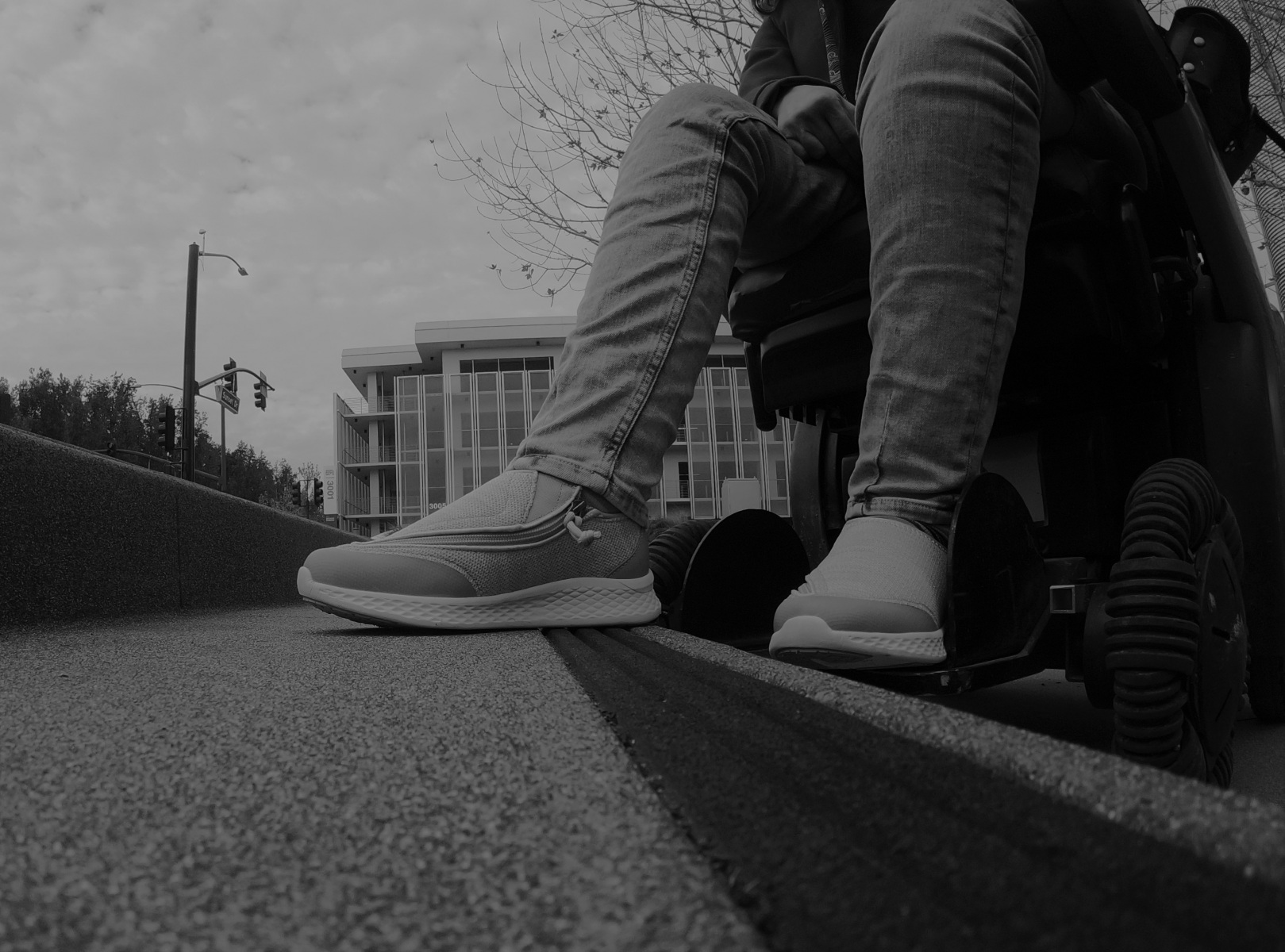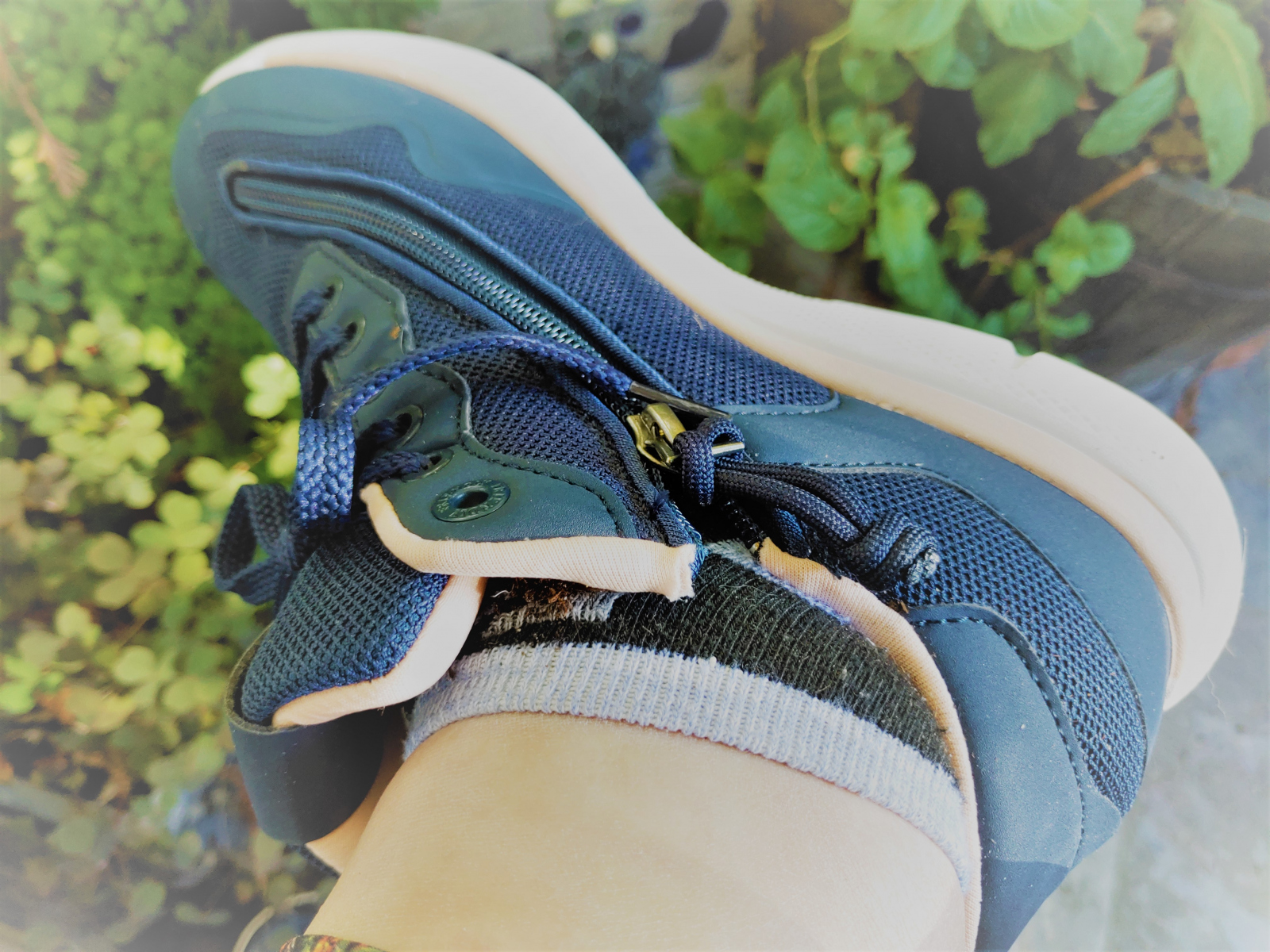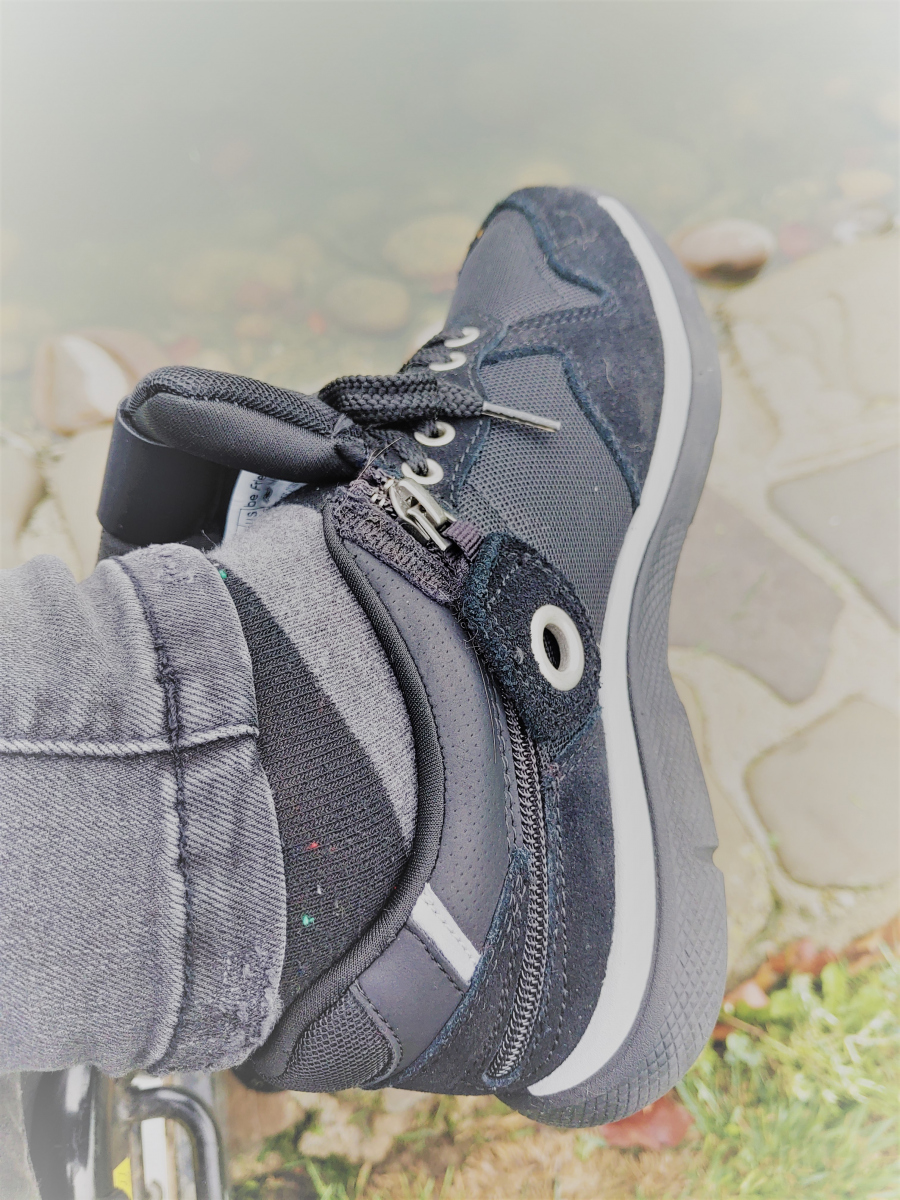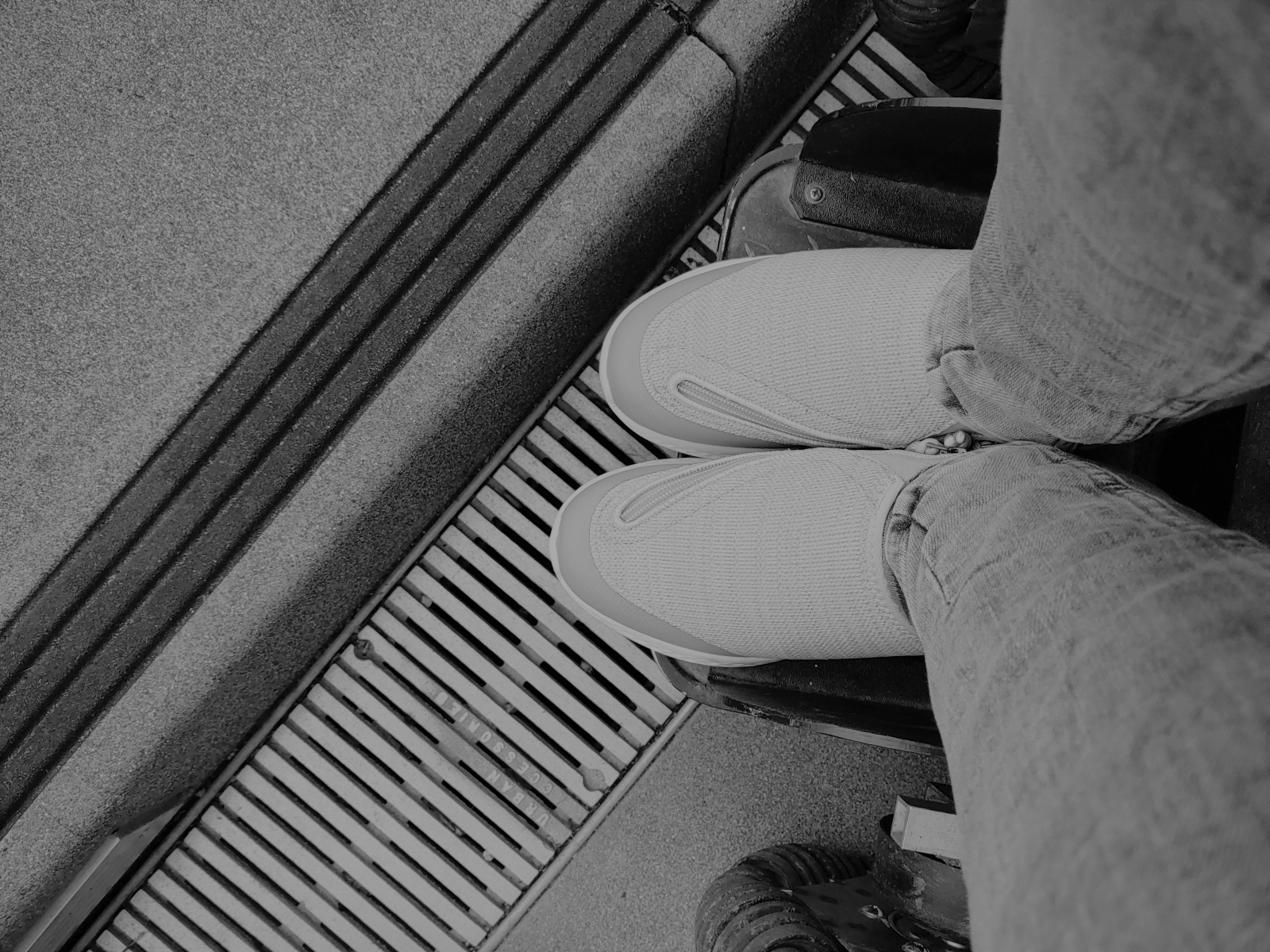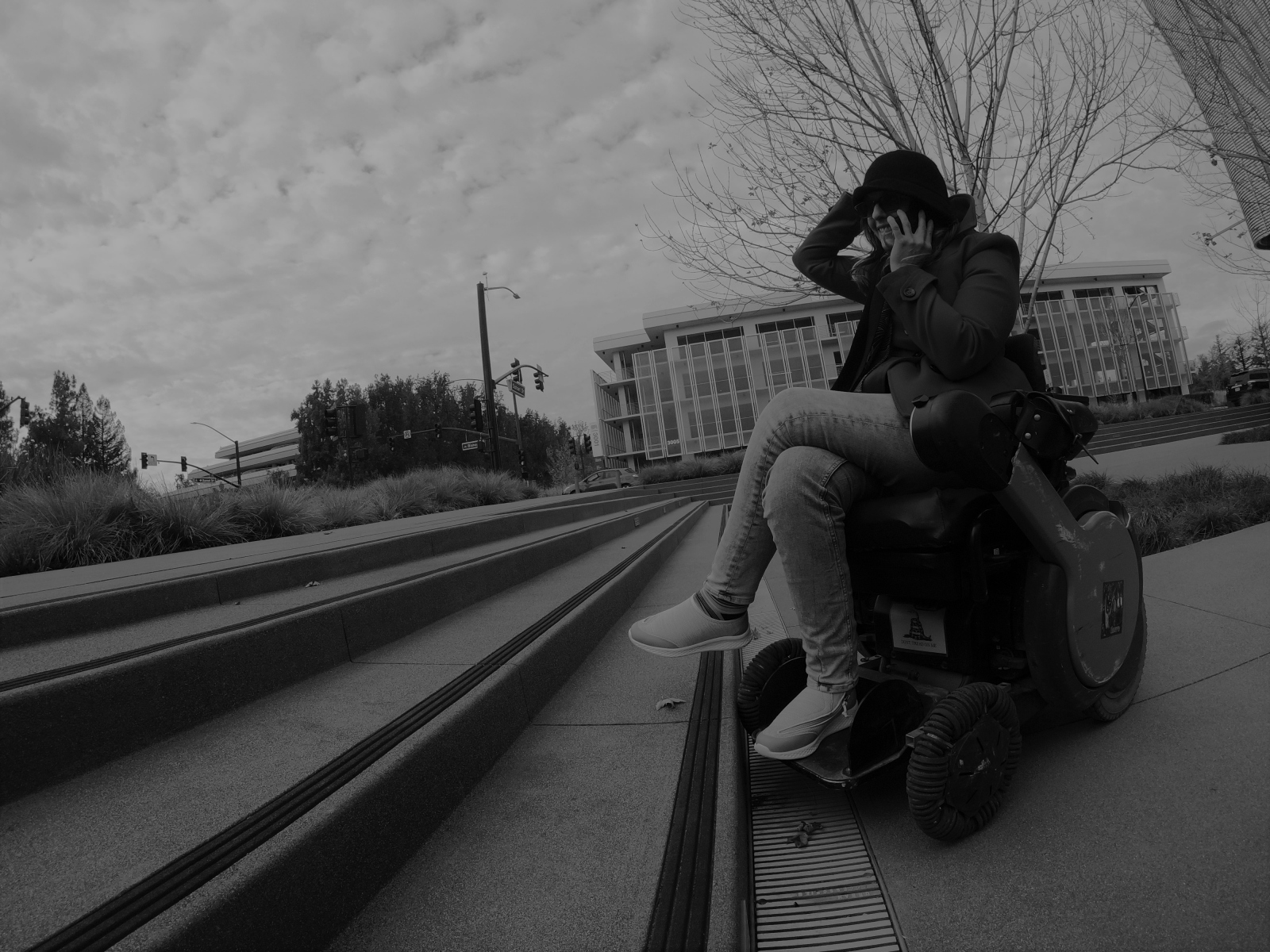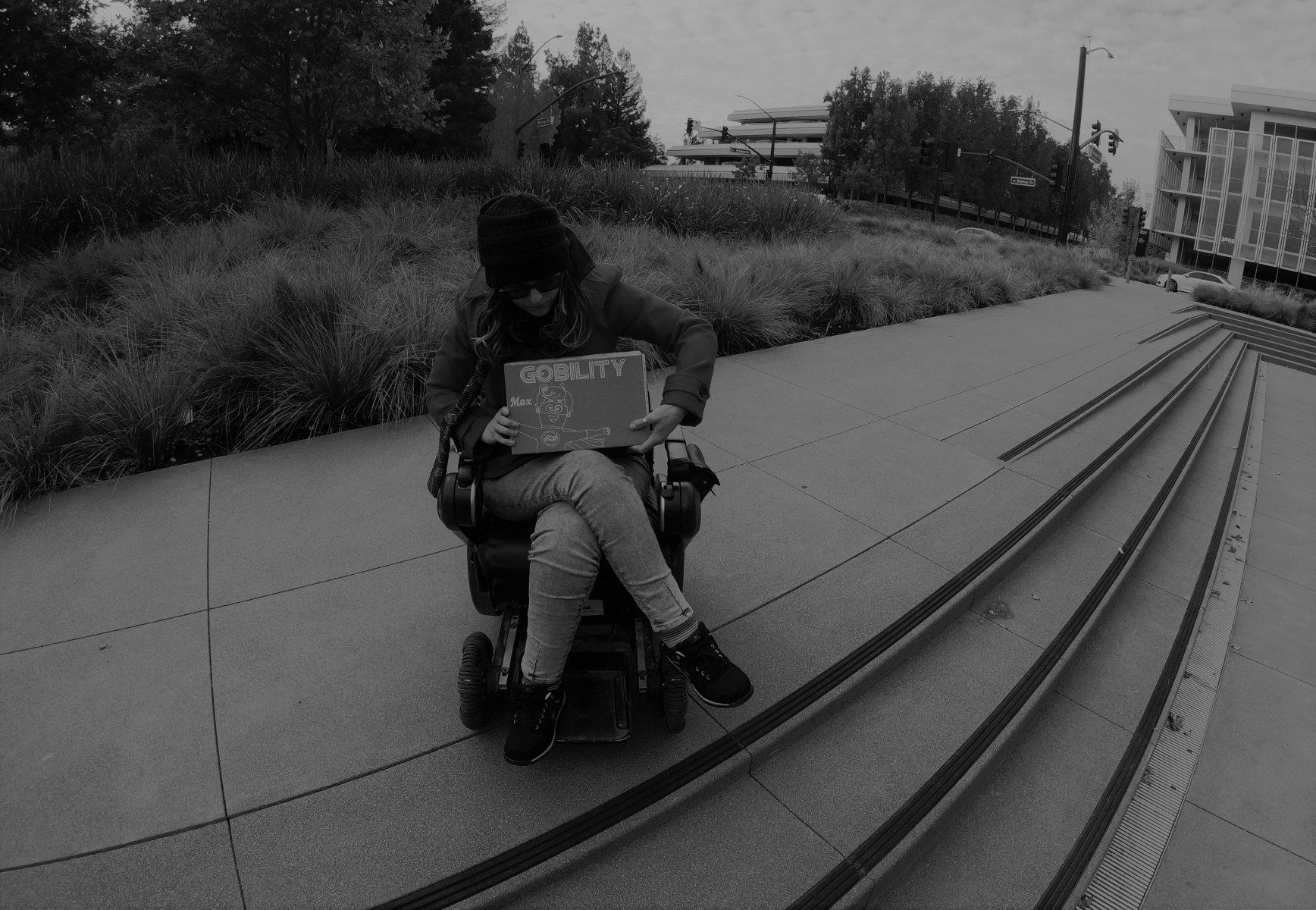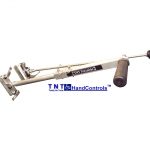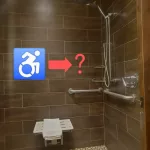 Introducing Friendly Shoes. I’ve been adapting to life, sometimes in extreme ways, since I became paralyzed when I was fourteen-years-old. I open doors differently. I get my pants on while sitting down. I drive a car with hand-controls. Nowadays there seems to be an adaption for almost everything. It’s just a matter of finding what you need, which has its challenges. Finding the right shoes is no exception; using a shoehorn is not a solution.
Introducing Friendly Shoes. I’ve been adapting to life, sometimes in extreme ways, since I became paralyzed when I was fourteen-years-old. I open doors differently. I get my pants on while sitting down. I drive a car with hand-controls. Nowadays there seems to be an adaption for almost everything. It’s just a matter of finding what you need, which has its challenges. Finding the right shoes is no exception; using a shoehorn is not a solution.
Before becoming paralyzed, shoe shopping was a joy. Going to the store with a parent or friend was a form of entertainment. At first, the inability to use my legs made shoe shopping awkward for me and those around me. I recall this one time when I lifted my leg up to pull my foot closer so I could put on a shoe, and the sales clerk took a startled step back with eyes wide and focused. “Um, do you need help?” is the question as a few shoe boxes are piled onto a chair next to me. “I’m fine,” I assure. Surely, out of the five pairs of shoes I found, one has fit. Something has to work. I think to myself.
Though the boots that I am trying on in the store have a long zipper, I still cannot get them on. The main part of the shoe is too narrow to navigate my limp foot to the end. Despite the obvious obstacle, I keep trying; I push harder. My body starts to heat up; I am literally getting workout trying to put on a shoe. In the corner of my eye, I catch the shoe clerk glancing over in my direction while helping another customer. If I wasn’t paralyzed, both feet would be in boots by now, I conclude, but it’s obvious, “Ok,” I huff, “these don’t work.” Pulling out a second pair of shoes, some high-top sneakers, I begin to unlace the top half and think, Do I really want to unlace these every time I wear them? Regardless, I find the high-tops a struggle to put on and toss them aside next to the boots. Flats with a rubble sole seem promising; any shoe with a slippery bottom surface won’t stay affixed to my wheelchair’s footplate. The flats are easy to put on, but moment I cross my legs or lift them up to transfer into a car, for example, they instantly fall off. If only wearing this type of shoe every once and a while, then this repetitive situation isn’t a big deal, but a shoe constantly flopping off would be wearing day after day.
The Solution: Friendly Shoes
Whether cruising off terrain or on the streets, Friendly Shoes mission is to make happy feet. It’s important to be kind to your feet, even if you’re not walking on them all the time. Comfort, ease, and style is what most want when it comes to selecting a pair of shoes to wear, especially the ones worn daily. Such a reliable, grab-and-go pair gets you out the door and on your way to get the job done for the day, whatever that may be, however big or small.
Friendly Shoes has made it easier to get shoes on and off for people with a range of abilities and/or medical conditions. Being so light-weight, picking up and carrying the shoe is noticeably different compared to the standard sneaker. The most innovative, and subsequently handy design element to Friendly Shoes is the pull-tab zipper that extends from the ankle to the toes.
The zipper design allows a person the ability to place the foot inside the shoe with precision and speed. There’s no cramming of the toes, which is critically healthy if this area cannot be felt, including when someone assists another with this task, like a child’s guardian or a caregiver. Furthermore, the classic lace-up design still exists, but unlike the standard sneaker, with Friendly Shoes, you don’t have to keep tying, untying, and retying. Comfortably tie the shoes your favorite way to fit once and then just use the zip.
After the first day of wearing the shoes, I really appreciated the design around bedtime when my body’s strength and energy were lowest. Tired and not even thinking about what shoes I was now wearing, I pulled my leg up as I’ve done countless times and touched the shoelaces, and then it instantly clicks that I’m not wearing standard shoes, I have on Friendly Shoes. Faster than ever before, I un-zip and slip the shoes right off. There’s no pulling off the shoe; it just drops in your hands.
More About Friendly Shoes
Friendly Shoes comes in different colors and fabrics. If you want to avoid laces all together there’s a slip-on style without them. The Friendly Shoes patented zipper has been designed to create more mobility and independence for all. Different colors and sizes are available for both men and women. The flexible material of the shoes adds space for people with wider feet or those wearing a brace or thick socks.
As an occupational therapist, Joseph Difrancisco was well aware of how many of his patients had such difficulties finding appropriate footwear that was not only functional for an array of abilities but fashionable as well. In addition to creating a shoe that works for everyone, Friendly Shoes works to create a friendly employee, 100% ethical work environment, where the shoe craftsmanship and dedication is well compensated.


